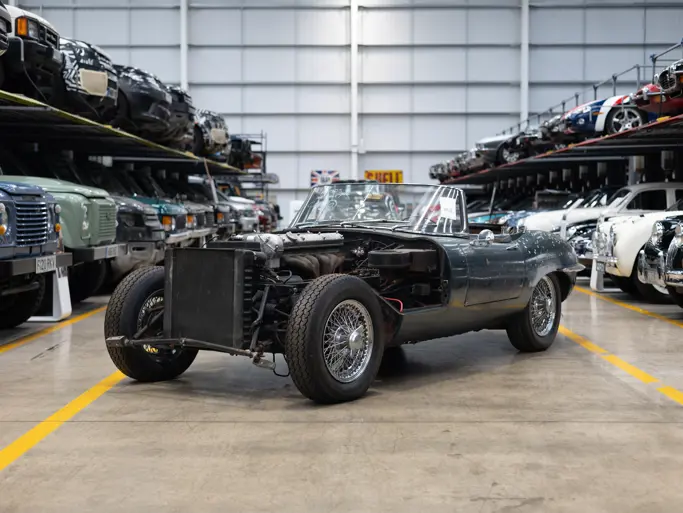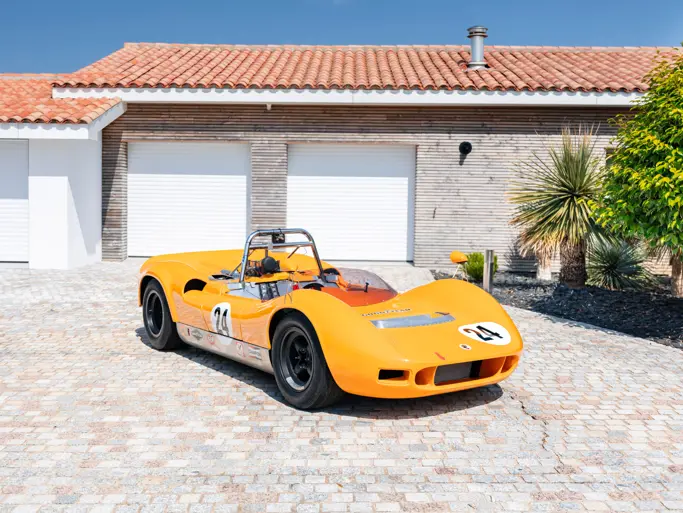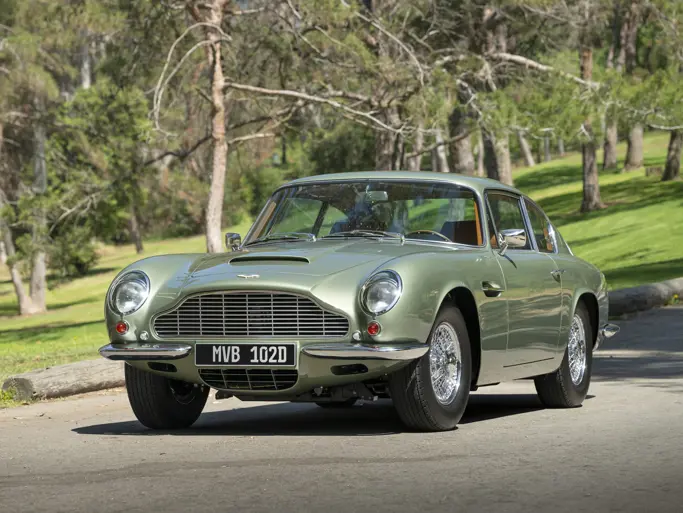Clean, unbroken lines and steeply raked windshield endow this Jaguar with the agile grace for which this marque has long been famous, and to this outward elegance is allied a degree of comfort unmatched in any other car of this type in period. For many, making the choice to buy a sports car in this era meant only one thing – acquiring a true roadster. However; while indulging in the preference for a roadster, at that time, one would have to accept certain disadvantages as being inevitable. With the drophead coupe, these detriments were swept away and you were rewarded with roominess, adequate luggage accommodation, complete weather protection and true Jaguar elegance.
Placed side by side, an XK 150 and its predecessor from 10 years earlier, the XK 120, show an unmistakable family resemblance. But at the same time, they just as clearly show the passage of a decade, and underneath reveals the tremendous mechanical changes and styling progression that moved Jaguar from the ’40s into the ’60s.
Where the intervening XK 140 was a transitional model, the XK 150 was a thorough updating of the XK look, taking it into the modern era. With a one-piece wraparound windshield, the small glass area of the previous cars was greatly enlarged for improved visibility. Combined with a very modern slab-sided body redesign with thin doors, the interior room and comfort were also dramatically increased. Larger real roll-up glass windows were included for the first time, and Jaguar’s Le Mans boot badge was updated with an ever-growing list of victories in the famed French endurance classic. Drophead coupes were further distinguished by a neater rear decklid and unique chromed rain gutters. All XK 150s offered four-wheel disc brakes, and in 1958, the second year of production, a Special Equipment 3.8-liter engine with B-type heads became available, yielding 10 more horsepower and, even more noticeably, an 11-percent increase in torque.
While the differences between XK models can seem subtle, for a driver they are anything but. The drophead coupe’s top is far more than an afterthought; instead, it has been styled to work harmoniously with the XK 150’s lines. Even better, it not only seals well against water, but it also folds swiftly into a compact, well-engineered bustle. From the inside, it’s hard to believe how much room Jaguar found on top of the big X-frame chassis, as few people who don’t start on an NBA team will run out of legroom, and elbow room is equally ample, with the upholstered transmission tunnel prominent between the front seats.
Beautifully presented in red with a black soft-top and black interior; this XK 150 is powered by a 3.8-liter inline six-cylinder engine with dual overhead cams and twin carburetors matched to the four-speed manual transmission. As previously cited, the braking is four-wheel discs and the car has two-prong knock-off caps for fitting the chrome wire wheels with whitewall tires. The cockpit exhibits a woodgrain and leather dashboard that has Smiths instrumentation. Dual exhaust and dual fender-mounted mirrors add to the period flavor.
All of that is merely icing on the XK 150 driving experience cake. The creature comforts are a clear indication of the car’s mission as a grand tourer, as it was intended to transport two people (and perhaps a child) and their luggage over long distances. At well over 3,000 pounds, it is not a lightweight, but nevertheless it still delivers Jaguar’s beloved ride and handling balance. Despite a softer ride than the XK 140, it is lively and predictable, even at the limit or in the wet. Its rack-and-pinion steering is direct and communicative, and an improved four-speed transmission offers very smooth shifting, with synchros on the upper three gears, and with deliberation, it does not require double-clutching on downshifts. As Road & Track wrote in September 1958, “Among all the automotive connoisseurs we know (and we know quite a few) the Jaguar still rates as the best all-around value in the quality dual-sports car category.”

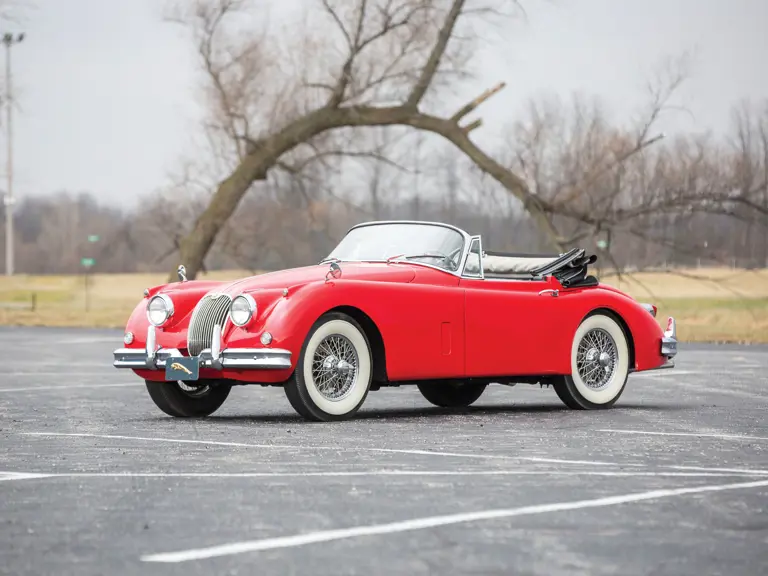
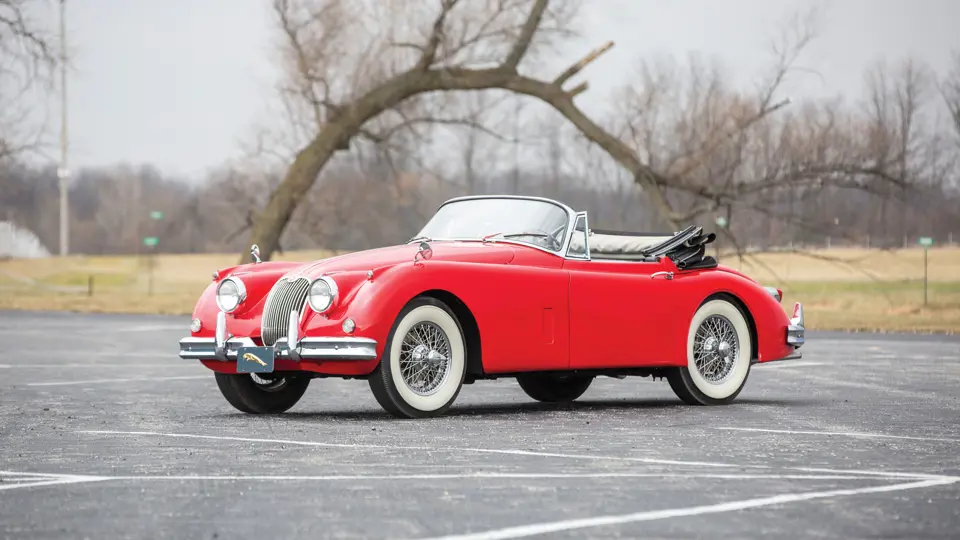
 | Fort Lauderdale, Florida
| Fort Lauderdale, Florida
